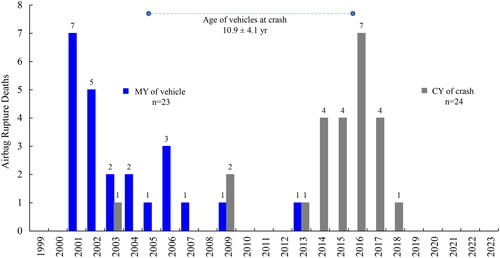Figures & data
Figure 1. Dummy responses in 53.1 km/h (33 mph) delta V frontal sled tests (data from Seiffert et al. Citation1974).
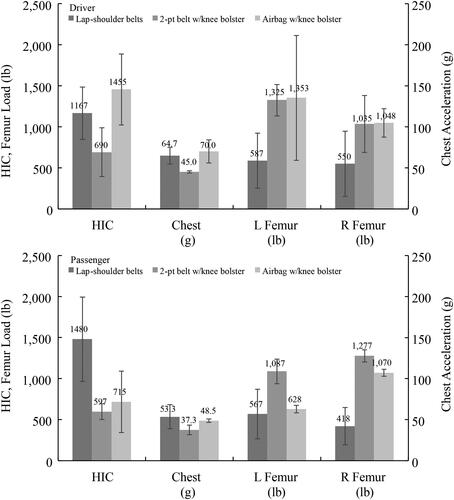
Figure 2. Unbelted dummy responses in NHTSA 41 km/h (25 mph) and 48 km/h (30 mph) frontal barrier impacts.

Figure 3. Dummy responses in frontal barrier crash tests (data from Wilson Citation1974; Mertz Citation1988).

Figure 4. Dummy responses in frontal barrier crash tests with driver airbag (data from Maugh Citation1985).
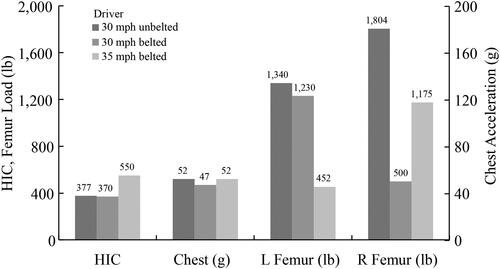
Figure 5. Dummy responses to drivers and front passengers in: (left bars) 25–30 mph frontal crashes with unbelted occupants and no airbags and (right bars) 35 mph NCAP frontal crashes with belted occupants and airbags.
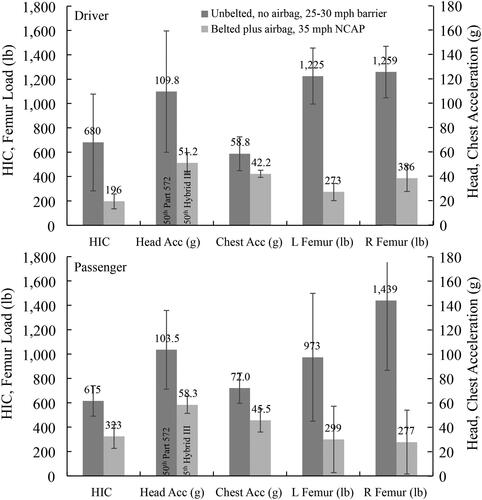
Figure 6. Risk for MAIS 4 + F injury to drivers and front passengers in crash tests: (left bars) 25–30 mph frontal crashes with unbelted occupants and no airbags and (right bars) 35 mph NCAP frontal crashes with belted occupants and airbags.

Figure 7. (top) risk of MAIS 4 + F injury from NASS-CDS for belted and unbelted occupants with airbags, as deployed, in frontal crashes by delta V and (bottom) effectiveness of seatbelt use in preventing severe injury and death (data from Viano and Parenteau Citation2022).
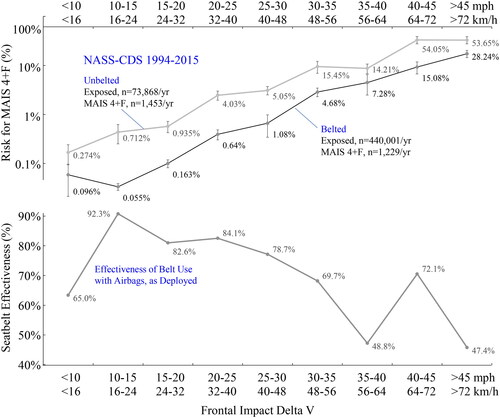
Figure 8. Frequency of frontal impacts from by delta V for lap-shoulder belted occupants from 1994 to 2015 NASS-CDS (Viano and Parenteau Citation2021) and frequency of airbag deployment from 1996 to 2007 NASS-CDS (data from Viano and Parenteau Citation2010).
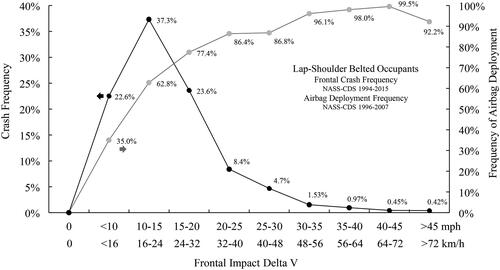
Figure 9. Hybrid III responses with punchout forces in 37.4 km/h (23.2 mph) deceleration sled tests with the driver at varying separations from the airbag deployment (data from Horsch and Culver Citation1979).
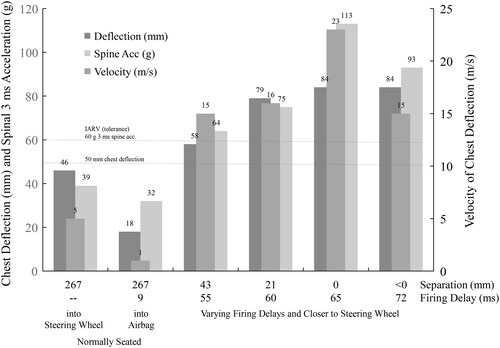
Figure 10. Punchout force causing the cover to bulge with high velocity compression of the chest (modified from Horsch and Culver Citation1979 and Melvin et al. Citation1993).
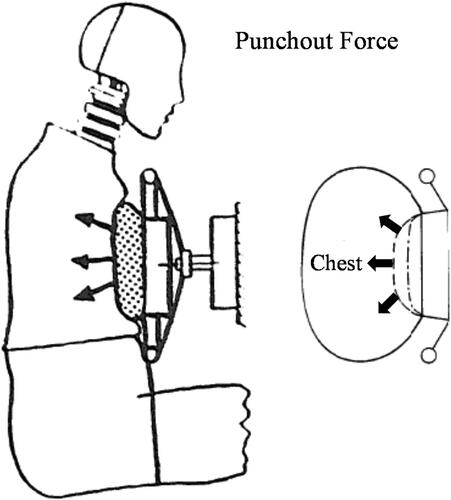
Figure 11. Membrane force with the airbag wrapped around the neck-face or chest with high velocity loading (modified from Horsch and Culver Citation1979 and Melvin et al. Citation1993).

Figure 12. Airbag-related driver deaths by vehicle model year (MY) in SCI (data from NHTSA Citation2009).
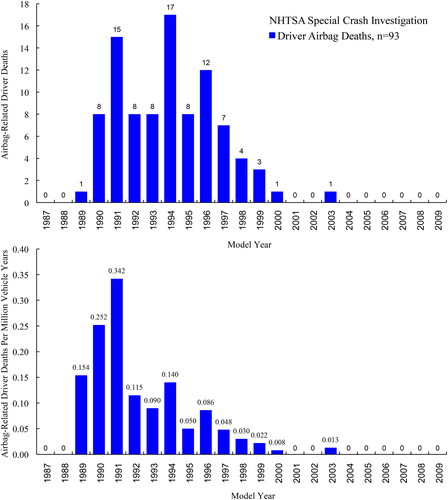
Figure 13. Airbag-related child deaths not in RFCSS by vehicle model year (MY) in SCI (data from NHTSA Citation2009).
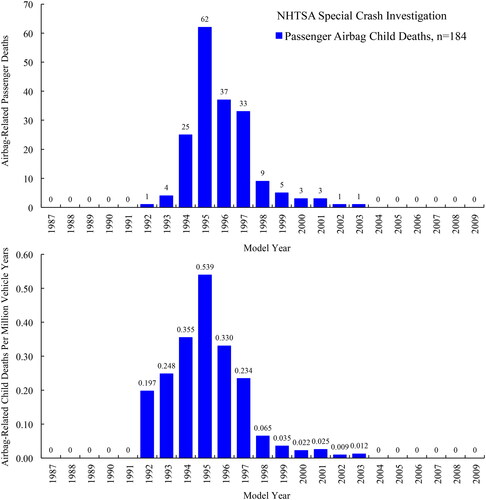
Figure 15. Tolerance to chest compression and viscous response with OOP airbag testing of the Hybrid III dummy and anesthetized animals with punchout force on the chest.
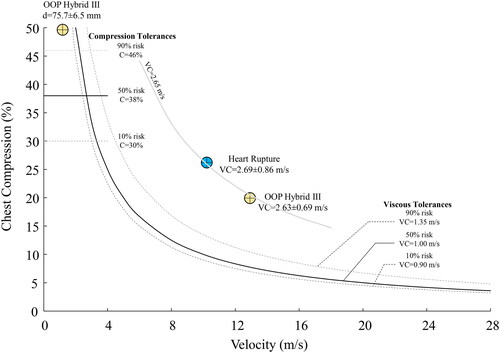
Supplemental Material
Download Zip (271.8 KB)Data availability statement
All data generated and analyzed during this study are included in the published article and the references. Additional information on the data and studies can be requested of the author at [email protected].

